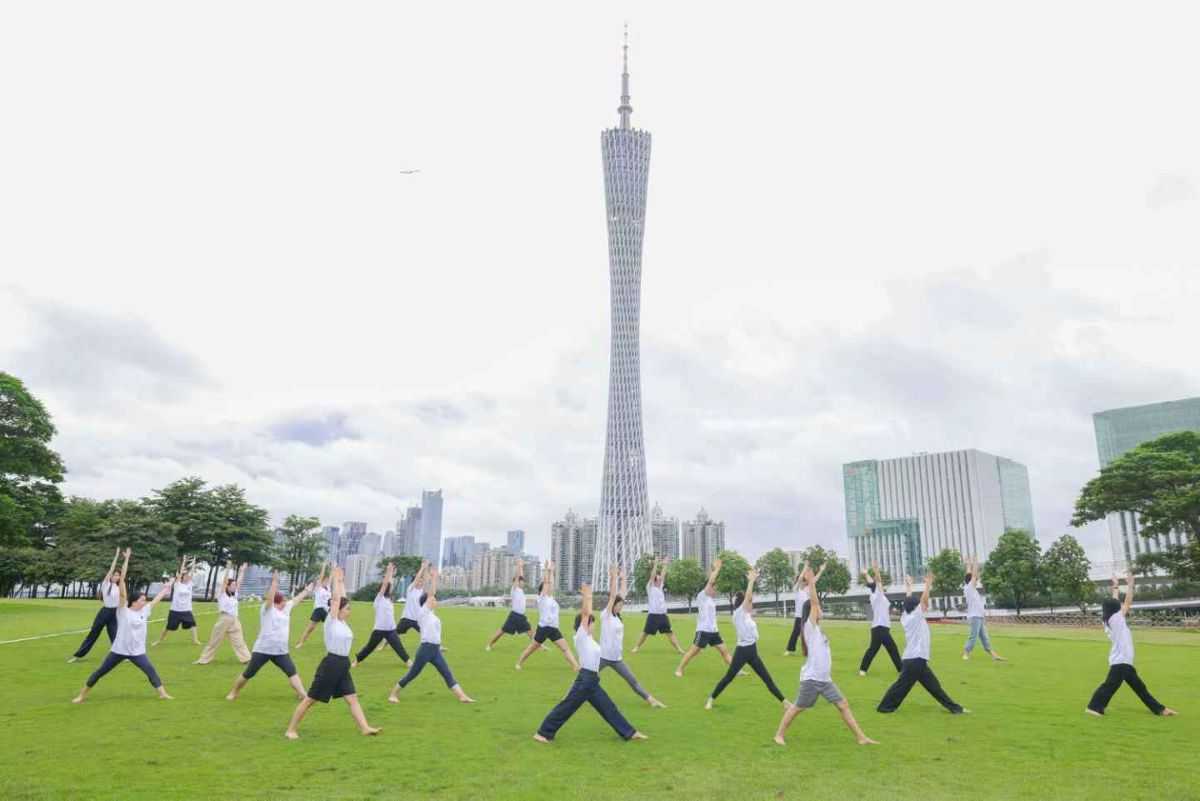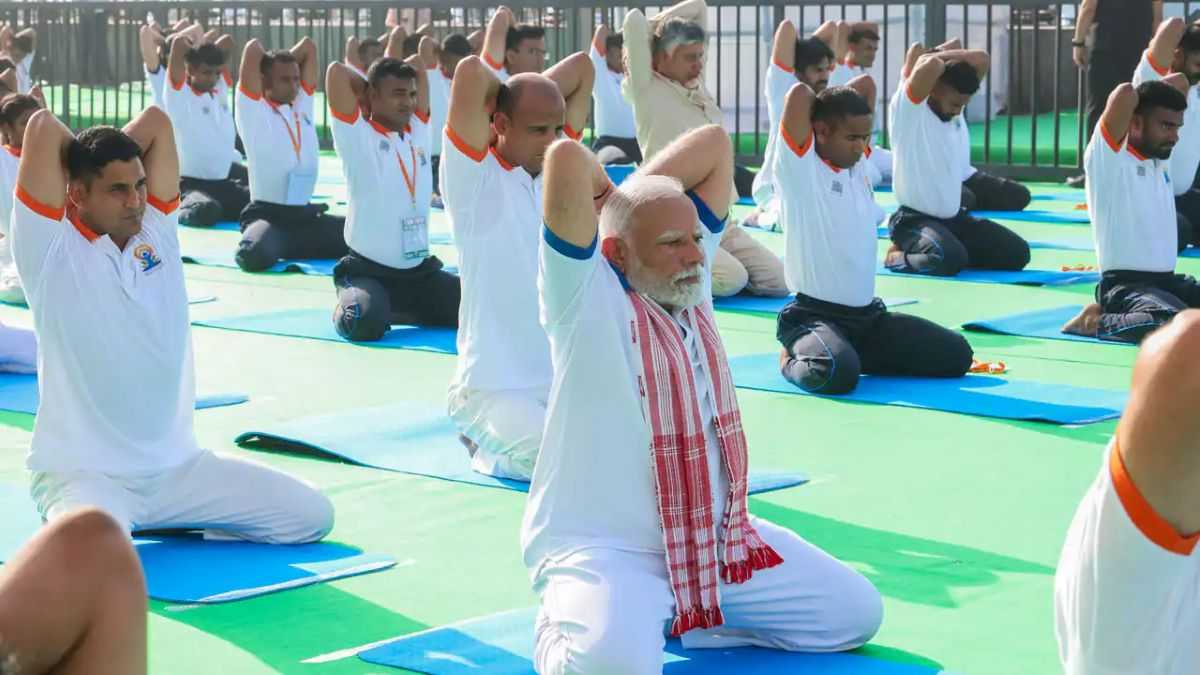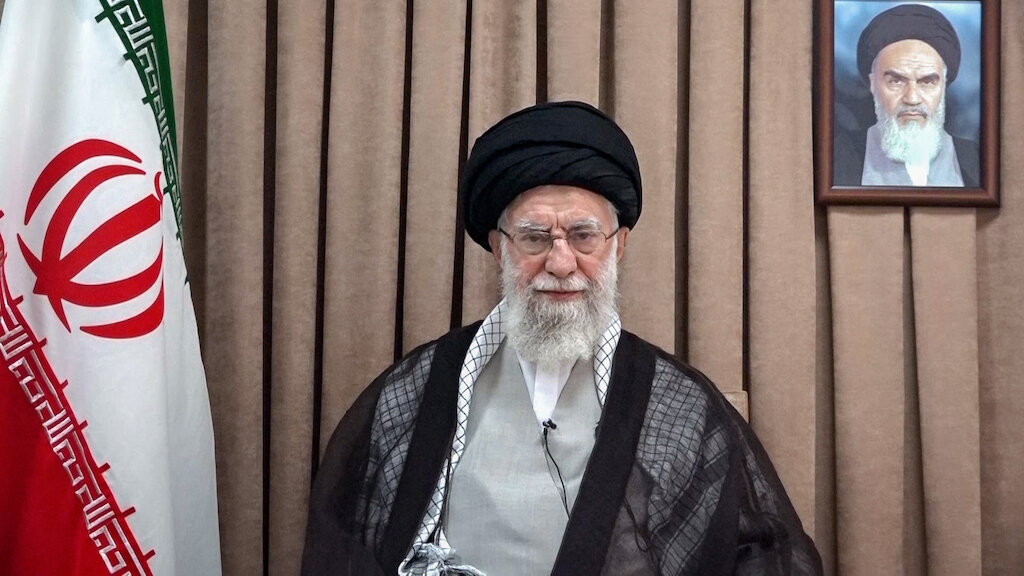
Beijing, June 21 – In an inspiring display of global unity and wellness, thousands of Chinese citizens gathered across various cities to participate in International Yoga Day 2025, marking a deepening cultural and health connection between India and China.
From ancient Chinese temples to modern city parks, mass yoga sessions were held in Beijing, Shanghai, Guangzhou, Chengdu, and over 20 other cities, drawing students, working professionals, diplomats, and health enthusiasts in celebration of yoga’s message of inner peace and collective well-being.
Yoga Day in China: A Growing Wellness Phenomenon
Organized under the theme “Yoga for One Earth, One Health”, the 11th International Day of Yoga was celebrated globally, but China stood out for its sheer participation scale and the scenic beauty of its venues.
In Beijing’s iconic Chaoyang Park, more than 5,000 participants performed synchronized asanas and pranayama under the guidance of Indian yoga masters, supported by the Embassy of India in China. Similar events were held in Shanghai’s riverside Bund, Guangzhou’s public squares, and Chengdu’s tranquil gardens.
The Indian Ambassador to China, Pradeep Kumar Rawat, addressed the Beijing gathering, calling yoga “India’s ancient gift to modern humanity,” and emphasized its role in strengthening India-China cultural ties.
Connecting mind, body, and people🧘♀️🌍
#1 Day to go
A special yoga demonstration was organised by Consulate General of India, Guangzhou in association with the Iyengar Yogashala at the landmark Ershatou Island with the backdrop of majestic Canton Tower. The Chinese yoga… pic.twitter.com/GrKQXnt3kl— India in Guangzhou (@cgiguangzhou) June 20, 2025
Source: India in Guangzhou
Why Yoga Is Gaining Momentum in China
The rise of yoga in China isn’t new, but its rapid growth in the past few years has been notable. A recent report by the China Yoga Association estimated over 10 million active practitioners in the country, with a steep rise during and after the COVID-19 pandemic due to its stress-reducing benefits.
According to the Harvard Medical School, yoga not only enhances flexibility and strength but also improves sleep, lowers stress hormones, and boosts immunity—making it highly relevant for urban Chinese professionals struggling with mental and physical burnout.
“Yoga helped me manage anxiety and lower back pain,” said 32-year-old Yang Liying, a software engineer in Shanghai. “Practicing with thousands on Yoga Day was emotional—it felt like we were breathing together for peace.”
China’s Cities Host Grand Public Sessions
The Yoga Day buzz was felt not just in megacities but also in second-tier and emerging cities:
- Shanghai hosted over 3,000 participants along the Suzhou Creek with performances of Hatha and Vinyasa yoga followed by meditation sessions.
- In Guangzhou, the Indian Consulate partnered with local fitness clubs to organize a mega-event at the Pearl River Promenade.
- Xi’an, the city known for its Terracotta Army, saw a sunset yoga event at the foot of the Giant Wild Goose Pagoda, blending tradition with modern wellness.
More than 150 institutions—including universities, public schools, corporate offices, and wellness centers—also joined in with in-person and virtual sessions.
Yoga as a Tool for Diplomacy and Global Peace
Yoga Day has grown beyond wellness—it’s become a platform for diplomacy. Initiated by Indian Prime Minister Narendra Modi and adopted by the United Nations in 2014, International Yoga Day is now observed by over 170 countries.
In China, the Indian Embassy and its consulates in Shanghai and Guangzhou have consistently organized events that showcase yoga’s ability to foster intercultural understanding. This year, Indian and Chinese yoga teachers co-led many sessions, symbolizing cooperation despite geopolitical differences.
Chinese media, including CCTV and Xinhua, highlighted the event positively, focusing on the health benefits and the message of “One Earth, One Health.”
Digital Yoga on the Rise: Streaming, Apps, and E-Commerce
Yoga’s popularity is not limited to physical events. Digital platforms have revolutionized access:
- Youku and Bilibili streamed live yoga sessions, with Chinese subtitles, making the discipline more accessible to younger audiences.
- Popular fitness influencers hosted Yoga Day-themed live sessions on Douyin (Chinese TikTok), attracting millions of views.
- Yoga-related searches and purchases surged on JD.com and Taobao in the week leading up to June 21, indicating strong commercial interest in mats, blocks, herbal teas, and spiritual books.
International brands like YogaWorks, Art of Living, and Patanjali are reportedly expanding their presence in China through local partnerships.
Government and Institutional Support Grows
Recognizing yoga’s potential, some Chinese provinces are exploring ways to integrate it into public health campaigns. According to Global Wellness Institute, the global wellness economy is expected to hit $7 trillion by 2025, and China is positioning itself as a key player.
In Shanghai, city officials are evaluating a pilot wellness curriculum that includes yoga for high school students. In Guangdong province, health departments are training teachers in therapeutic yoga for stress and posture correction in government employees.
Corporate wellness programs are also catching on. Companies like Huawei and Alibaba reportedly offered on-campus yoga sessions to employees in honor of Yoga Day.
A Look at the Global Scene: India Leads, the World Follows
While China saw some of the largest overseas gatherings, India celebrated Yoga Day with grandeur. PM Narendra Modi led the event in Jammu and Kashmir, highlighting yoga’s power to bring peace even in challenging regions.
Other major events occurred in Malaysia, Indonesia, the US, France, and Brazil, showing how yoga transcends borders, religions, and ideologies.
In the U.S., yoga events were organized in Times Square, while in Indonesia, Bali hosted sunset yoga at the beach with both tourists and locals.
Future of Yoga in China: A Lifestyle Movement
Experts predict yoga’s growth in China will accelerate, especially among:
- Millennials and Gen Z looking for emotional grounding
- Senior citizens using yoga for arthritis and balance
- Students and children for better focus and discipline
Healthcare workers and therapists embracing yoga for burnout and emotional health
Plans for the next few years include:
- Standardized yoga teacher training in Mandarin
- Government recognition of yoga as a complementary therapy
- Expansion of cross-border yoga scholarships between India and China
As cultural dialogue grows, yoga is being recognized as a shared heritage rather than a regional export.
Conclusion
The Yoga Day 2025 celebrations across China were more than a public event—they were a testament to yoga’s global journey from ancient Indian ashrams to modern urban centers worldwide. In an increasingly divided world, yoga offers a common ground—a shared breath, a shared goal: health, harmony, and humanity.
As yoga mats continue to unroll across Chinese parks and plazas, the message remains clear: Yoga isn’t just for the body—it’s a language of peace.




